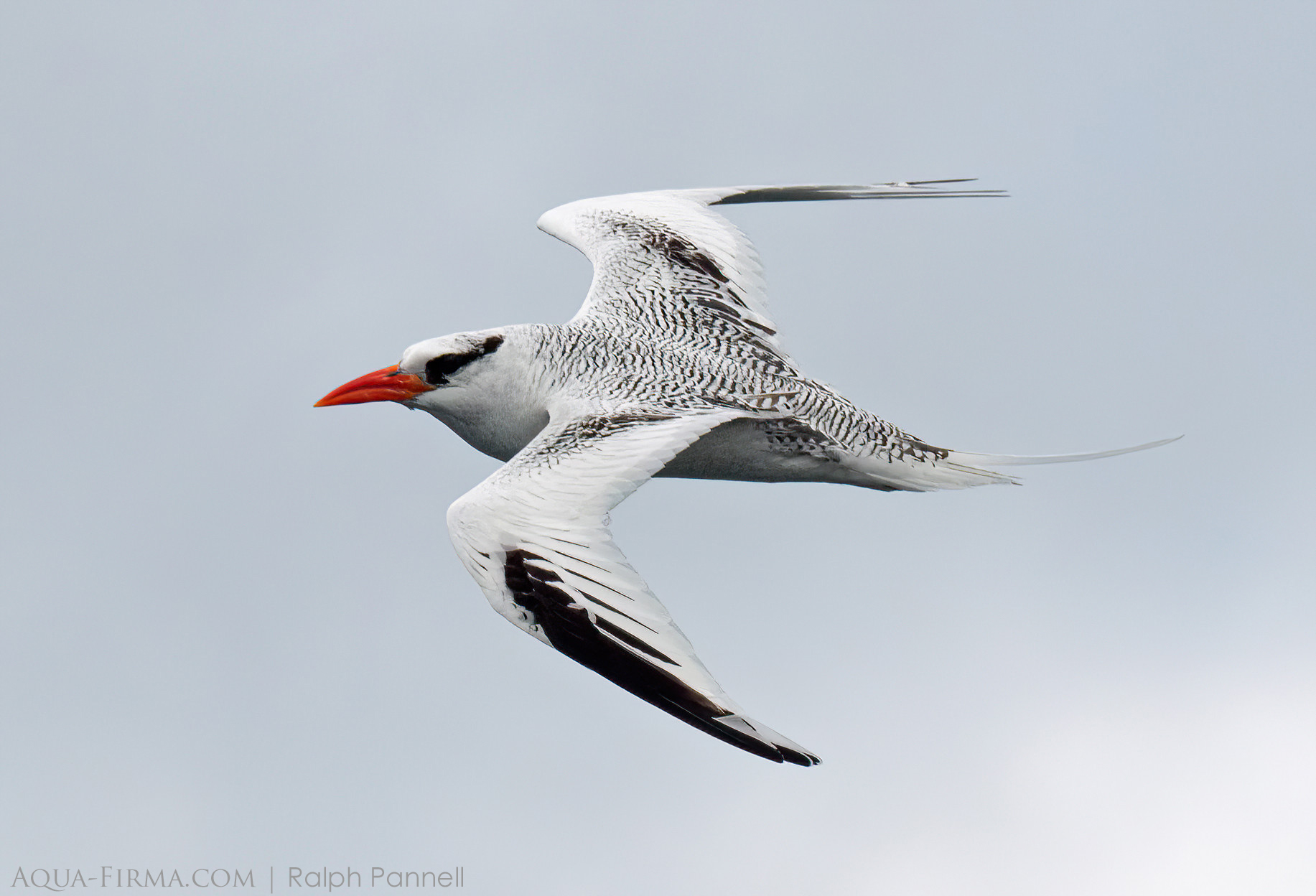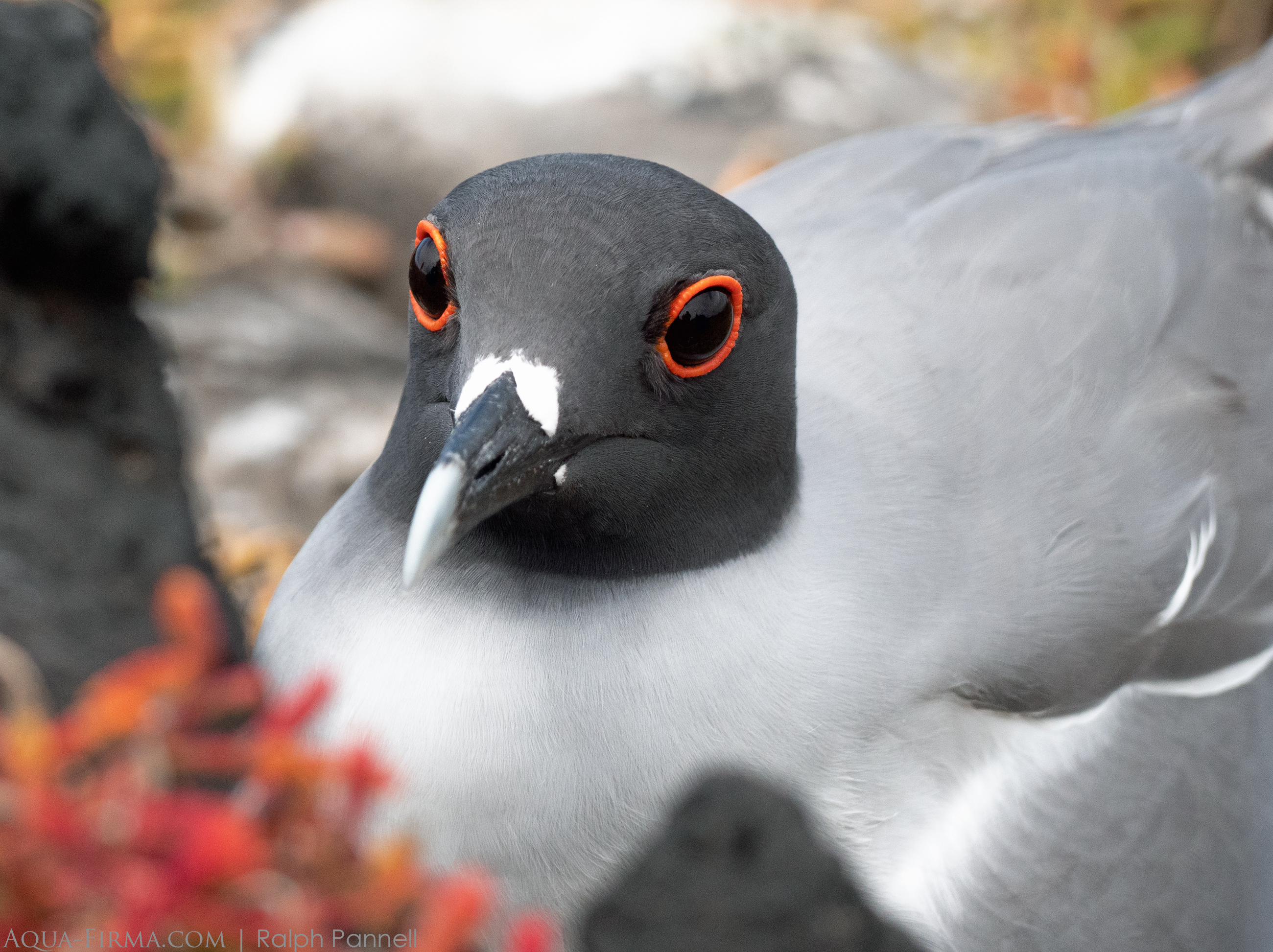Galapagos Wildlife, Marine Life & Photography
Galapagos
US$3,890
18th - 25th June 2024
Hosted by Aqua-Firma Director & Photographer, Ralph Pannell
Here is a gallery of a few images from this year's Galapagos Wildlife Marine Life & Photography journey. Photos were taken by trip leader, Ralph Pannell: one of the directors of Aqua-Firma, formerly of the charity Rainforest Concern and manager of our Rainforest4Climate fund; and co-host, Dr Simon Pierce, marine biologist & co-Founder of the Marine Megafauna Foundation.
Penguins & Sealions
Penguins and Sealions are some of the most loveable of Galapagos marine life. We saw a particularly large number of Galapagos Penguins this June - especially in the far southwest of Isabela amongst lava tunnels eroded into isolated rocks.
Sealions are fairly ubiquitous in the Galapagos, but moments you will never forget are when you snorkel with a ridiculously playful young one. Their speed through the water is something to behold; as is their change in direction and just how close they like to swim to your mask.
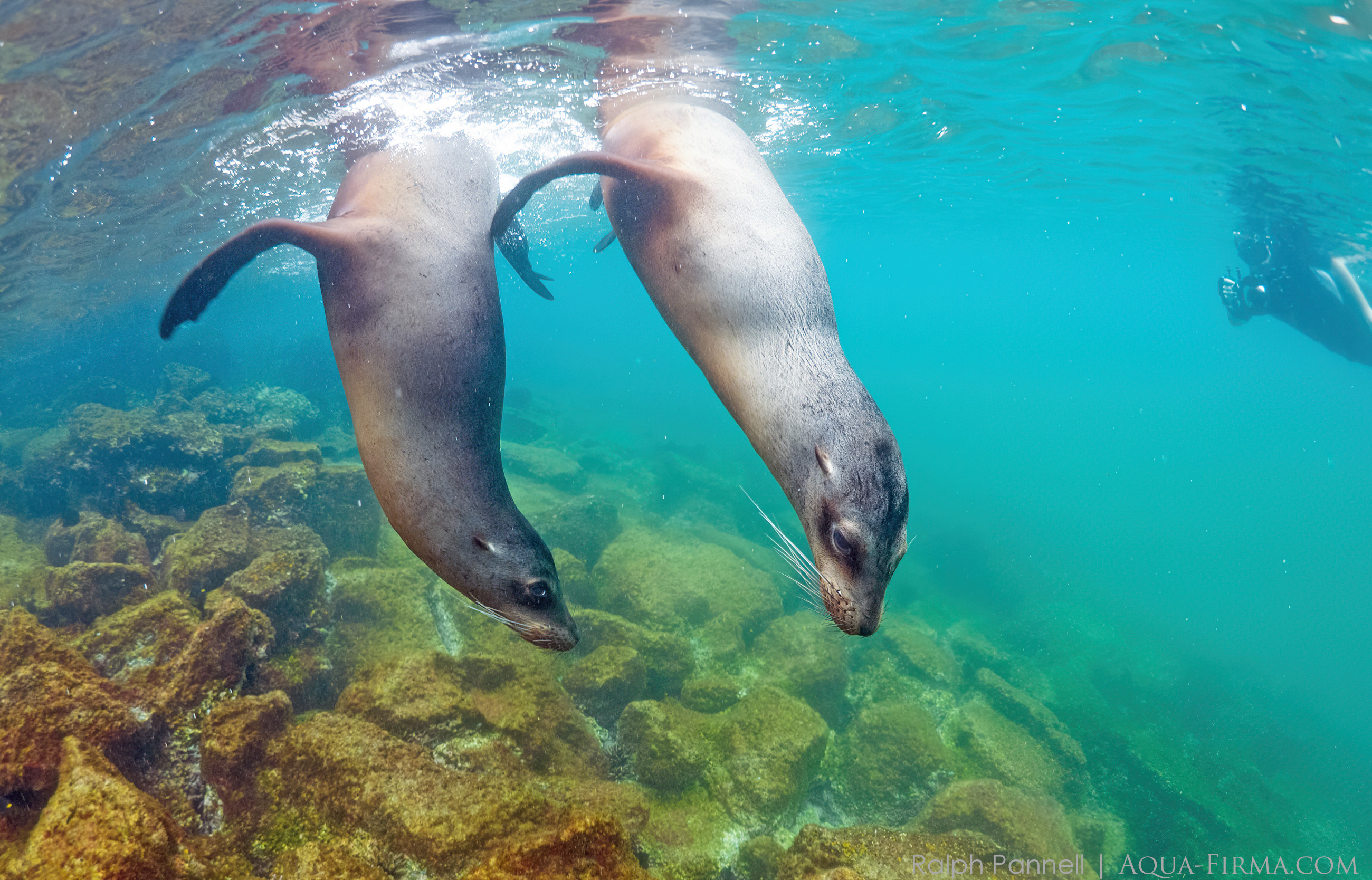
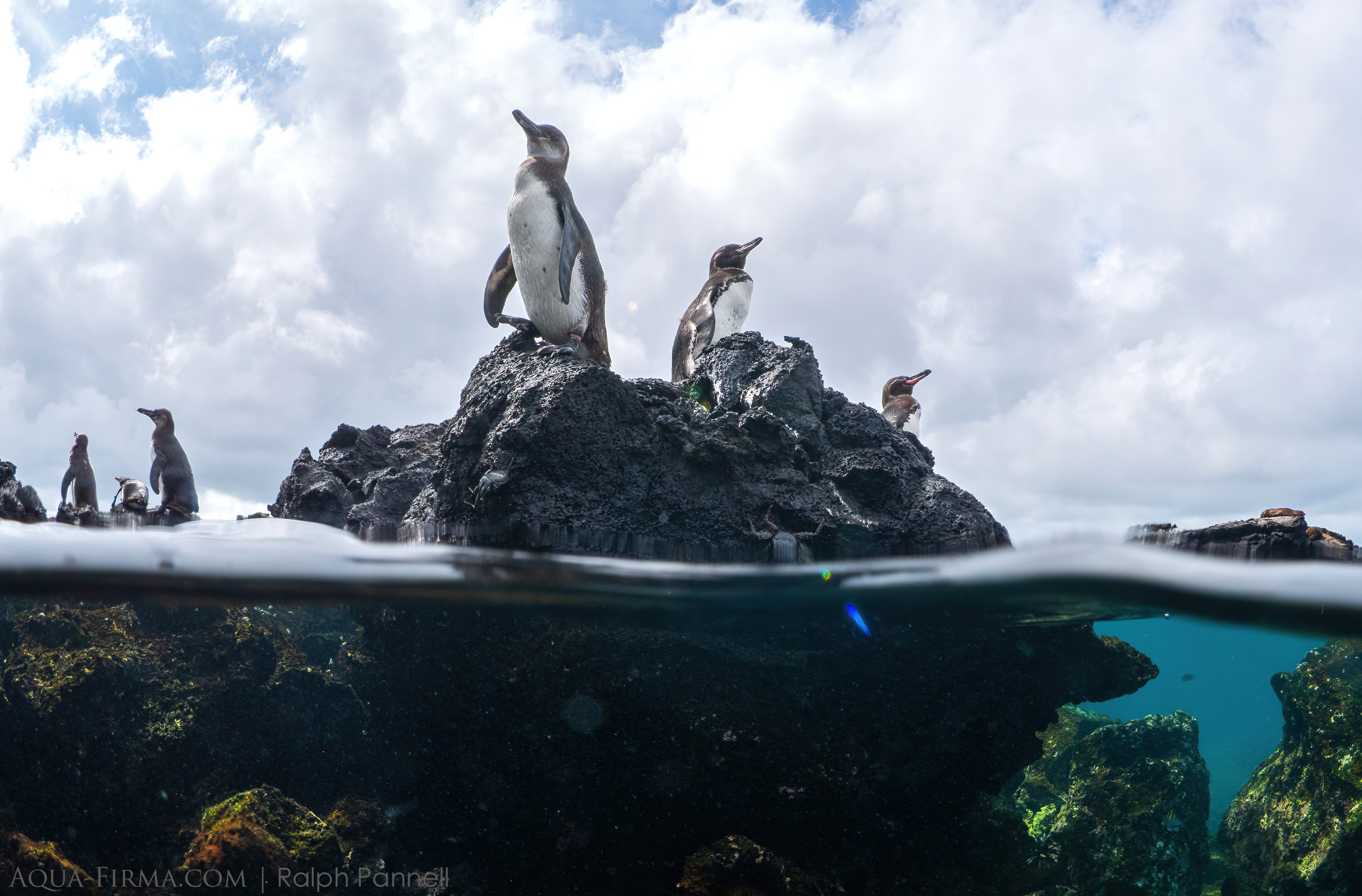
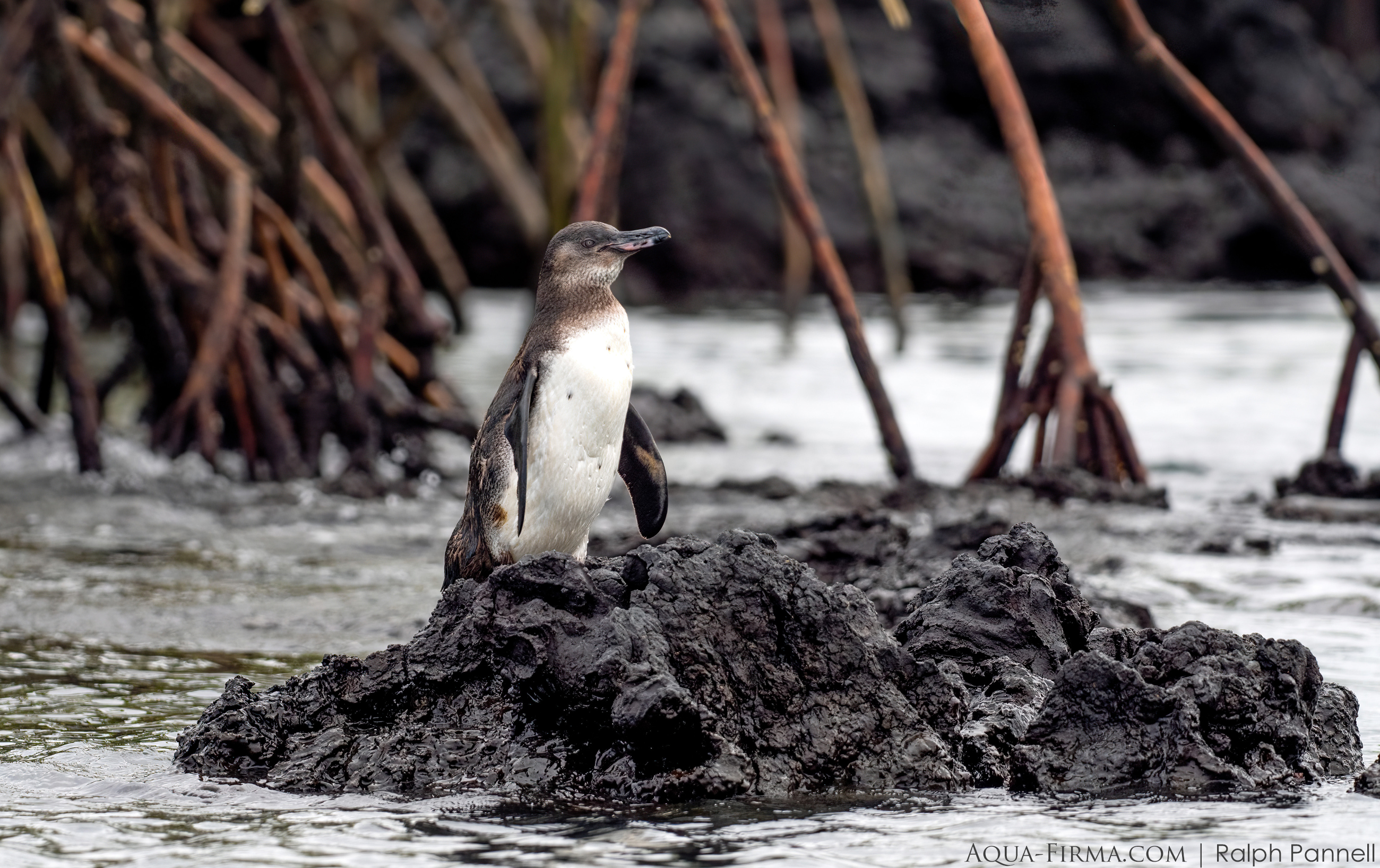
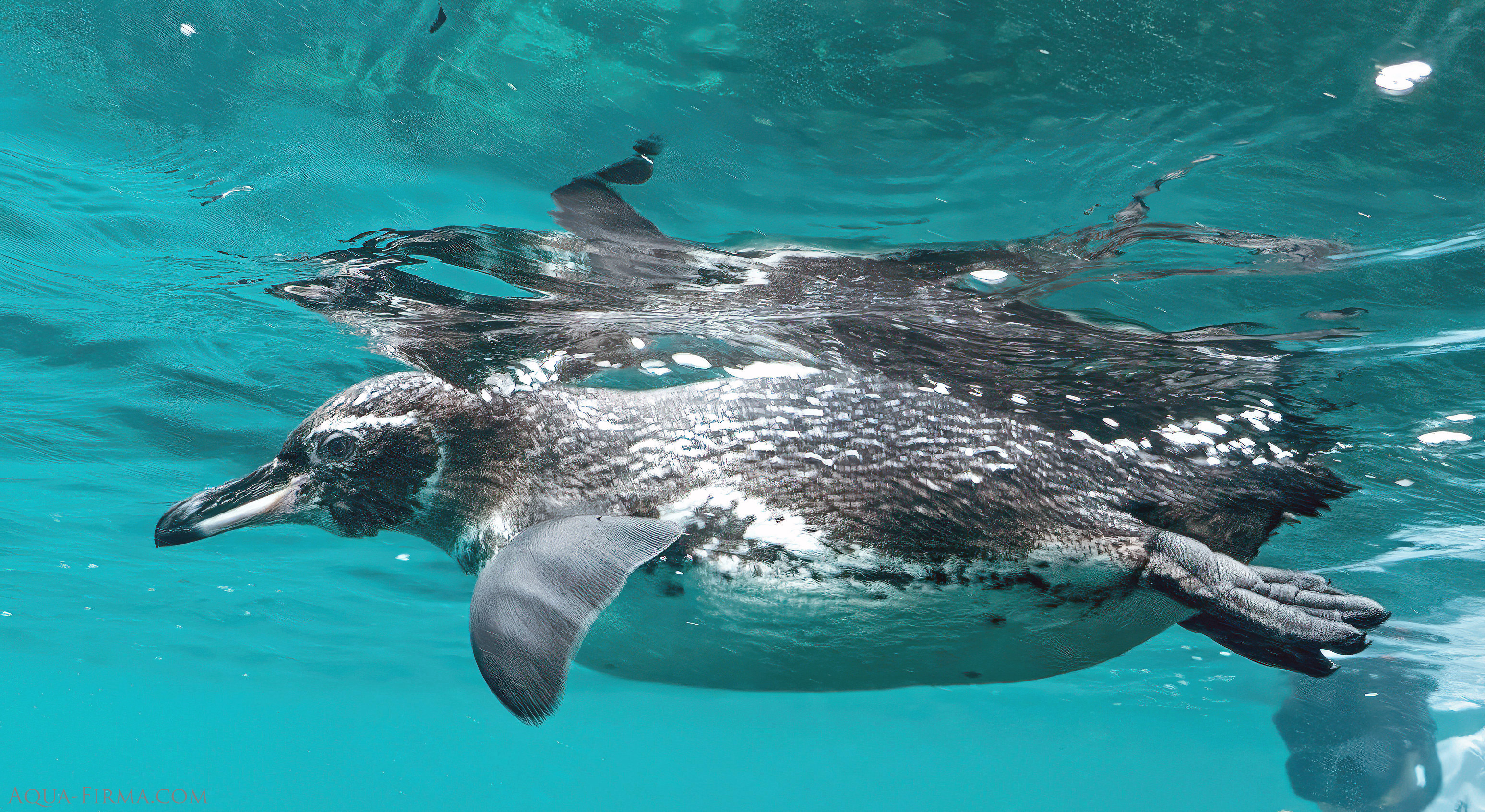
Blue-footed Boobies
These are a signature of the Galapagos species with around half of the World's breeding pairs living on these islands. So why the blue feet? Well, the bluer the feet, the healthier the bird and greater its chance of mating:
https://www.aqua-firma.com/wildlife/blue-footed-booby
You can see these birds on most of the islands, all of the year, but June is particularly good for opportunities to see their mating displays. The prime aim of a male is to expose his feet, which he does by lifting them up and down as he 'dances' and then spreading its wings wide.
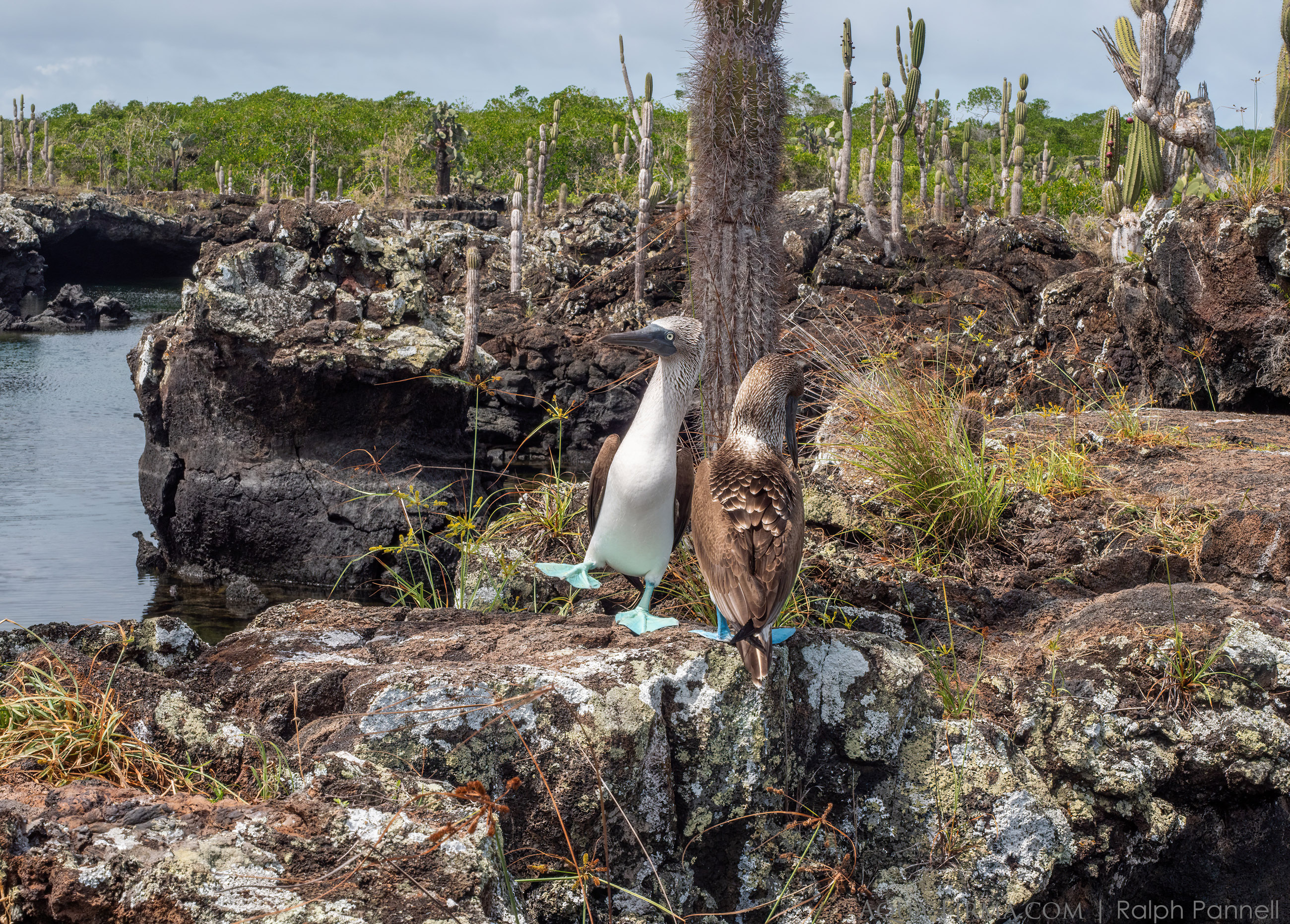
Sharks, Rays & Turtles
In addition to sealions and penguins, sharks, rays and turtles were very much a feature of our snorkeling. Warm waters encouraged schools of Hammerhead Sharks into our snorkel sites, alongside dozens of Green Turtles, Eagle Rays and huge schools of fish.
Juvenile black-tip sharks showed up beautifully amongst fallen mangrove trees, through whose roots we also watched Golden Cownose Rays glide.
Some sharks must keep swimming to 'breath', but White-tip Reef Sharks can suck water through their gills whilst resting inside lava tunnels.
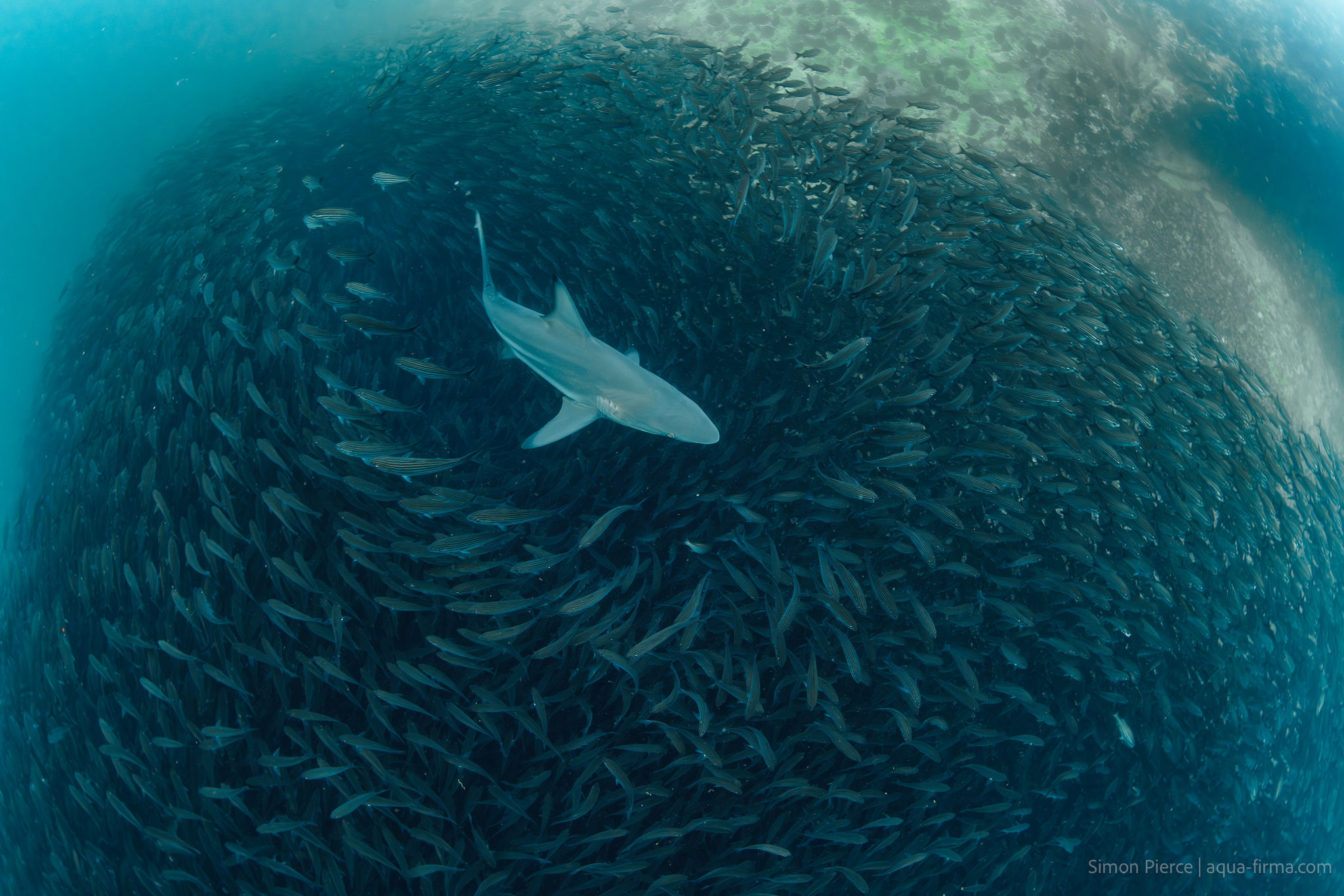
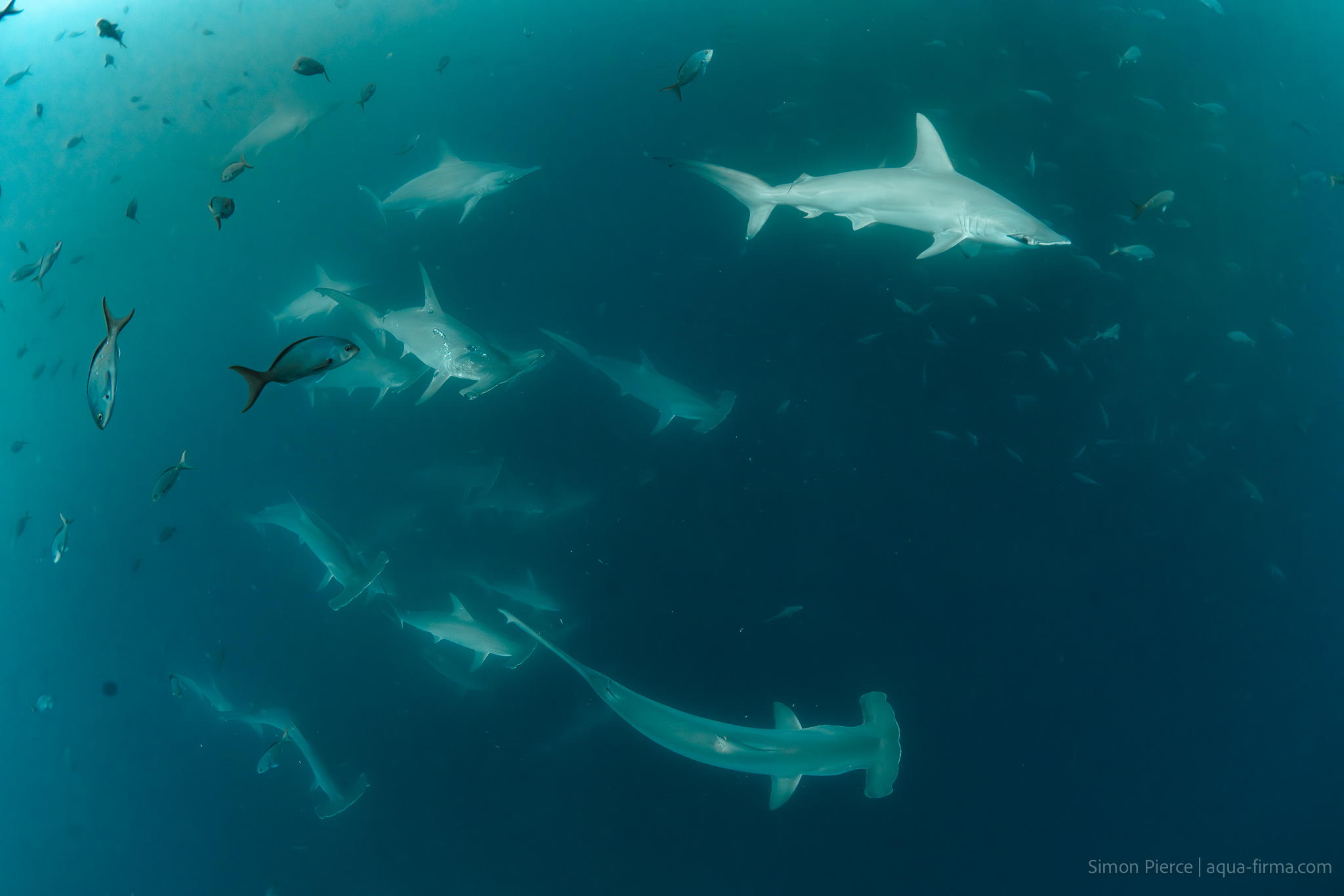
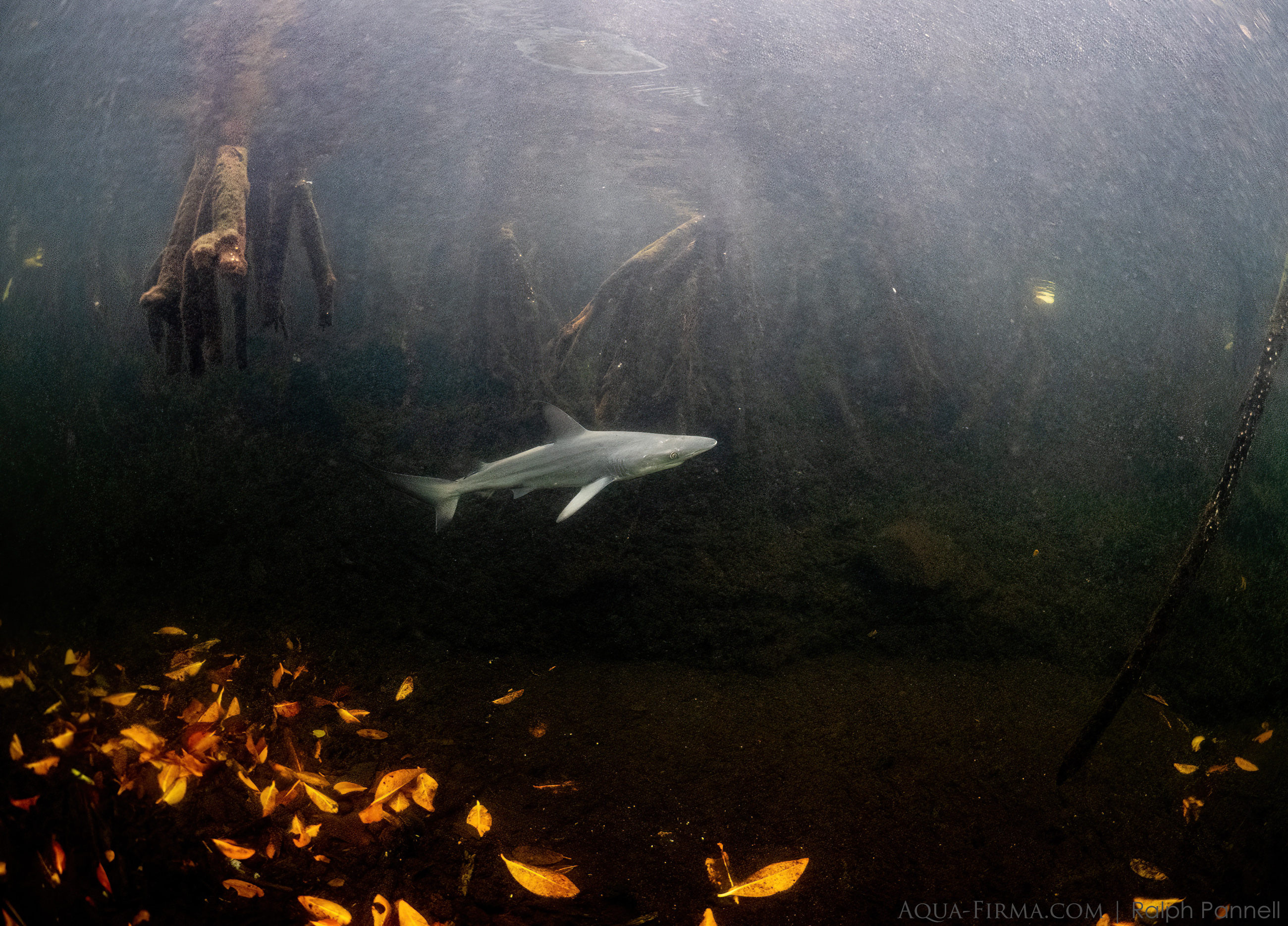
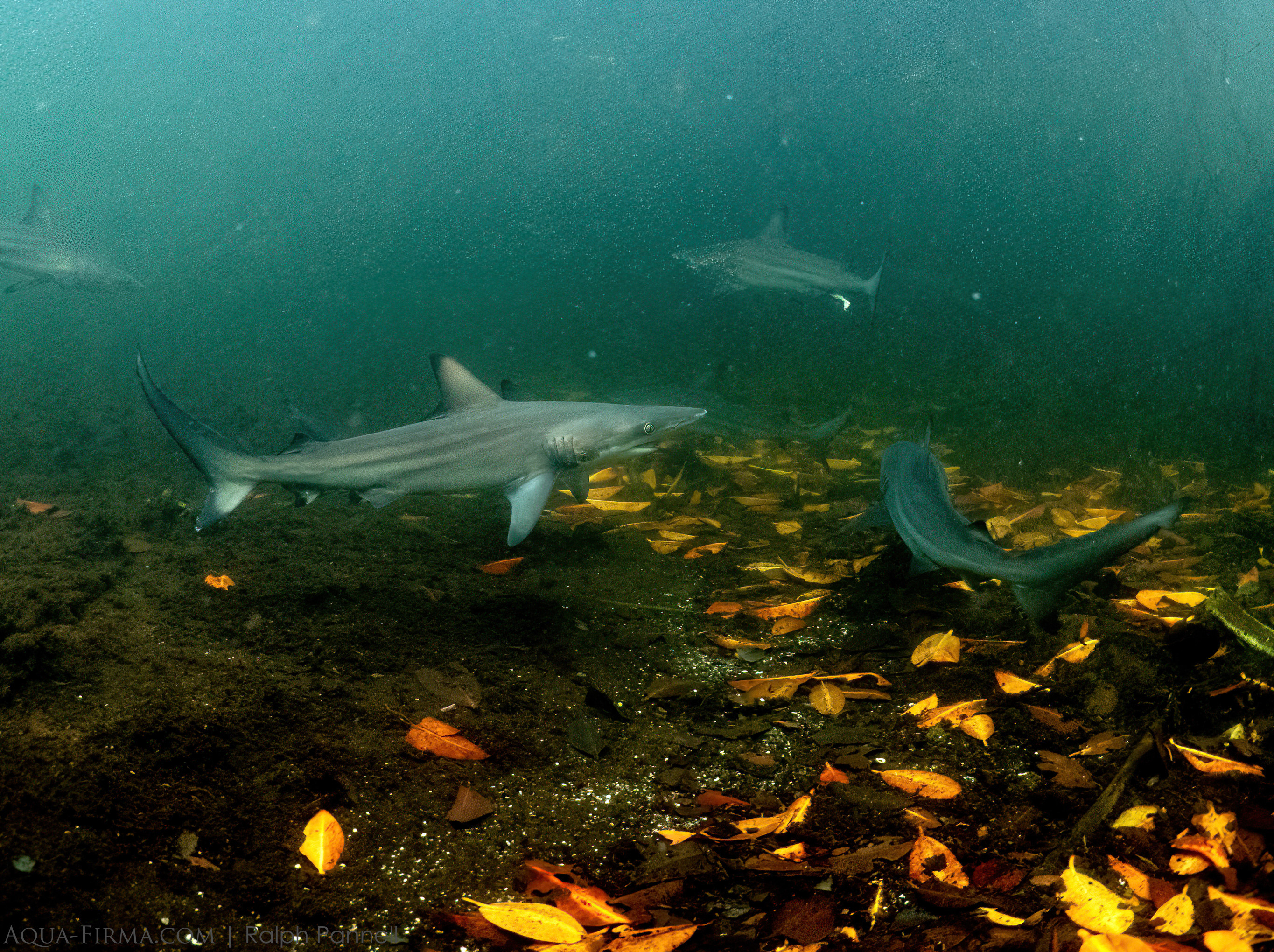
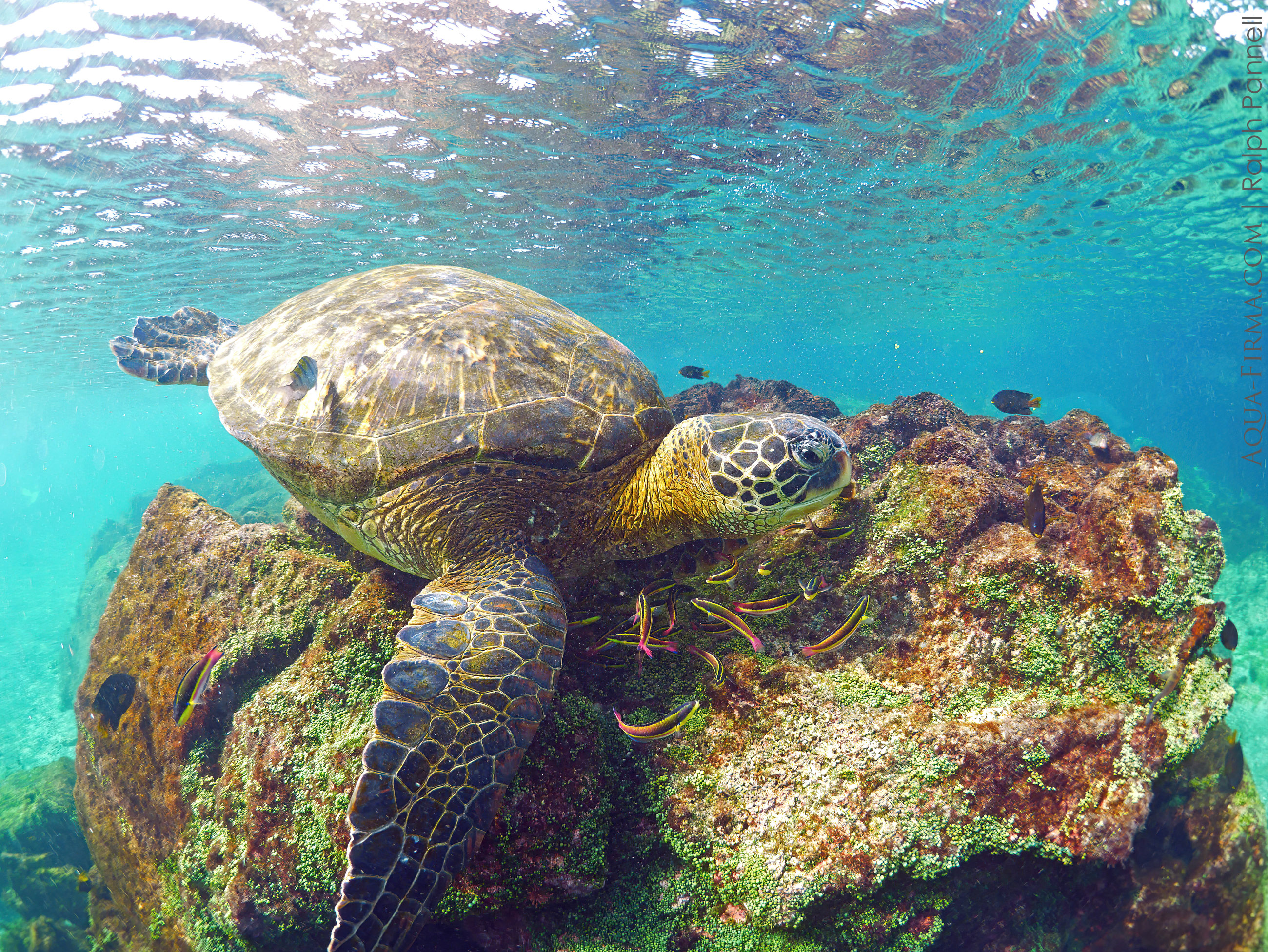
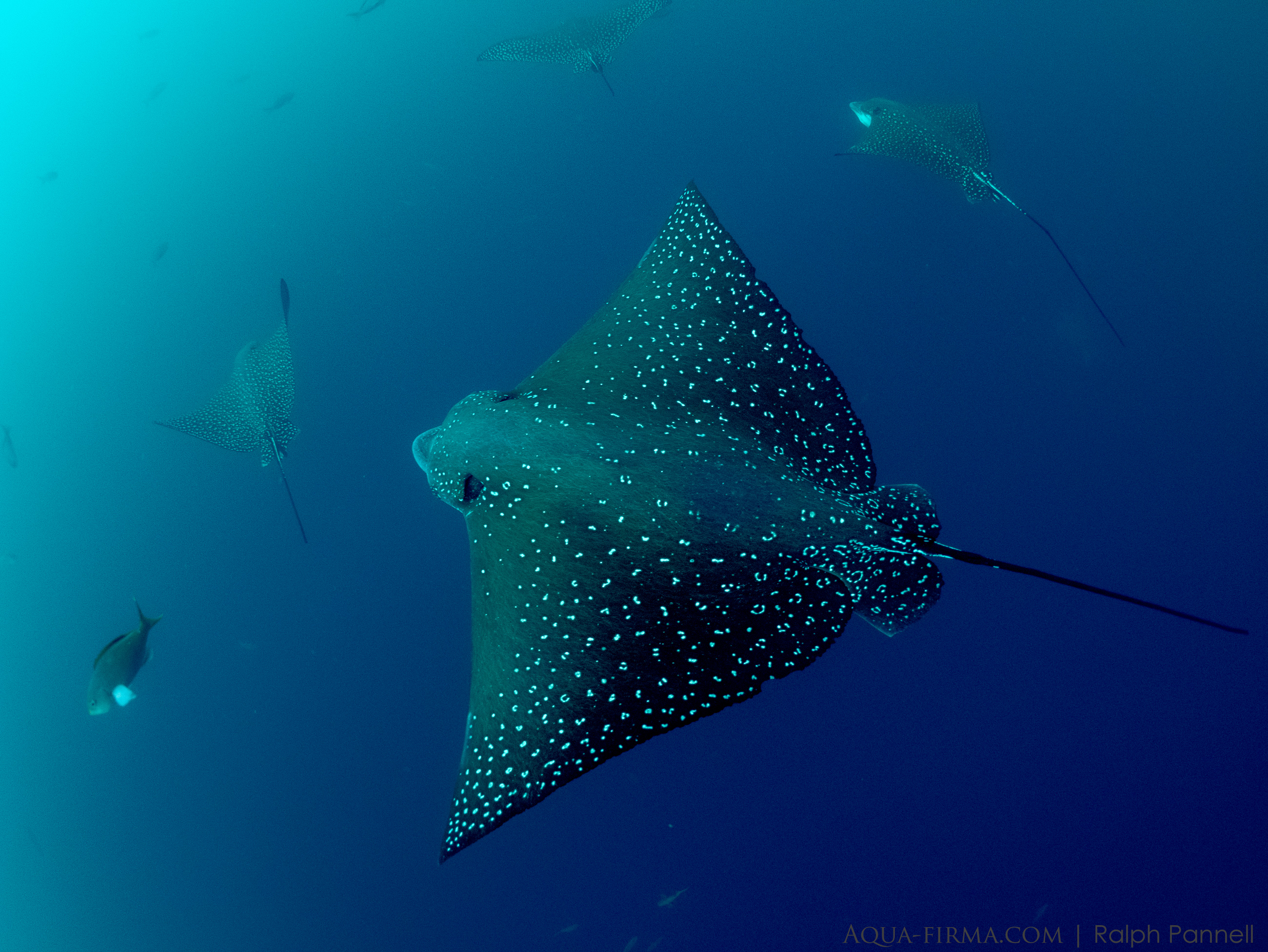
Iguanas: Green, Land & Marine
Iguanas are often amongst Galapagos stories of evolution; descended from Green Iguanas washed up on islands of vegetation, swept from Latin America during rainstorms.
Land iguanas retain the closest shape, but have adapted to eat Opuntia cactus leaves - spines and all.
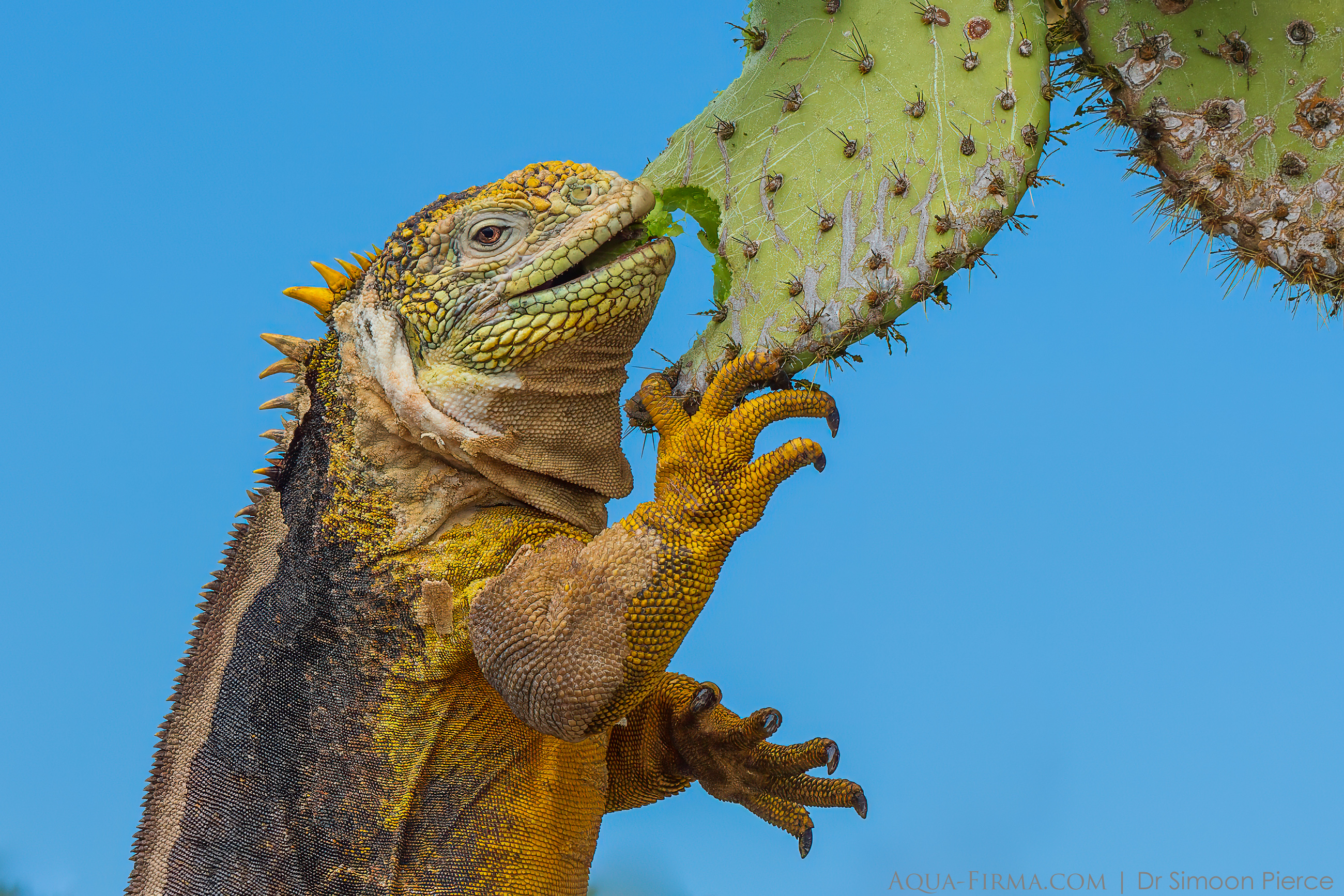
Marine iguanas eat green sea algae, having evolved swim tails and stub noses, which are better adapted to close grazing. During El Niño years when food is scarce, they are able to draw on reserves, reducing their mass and length by 15% or more.
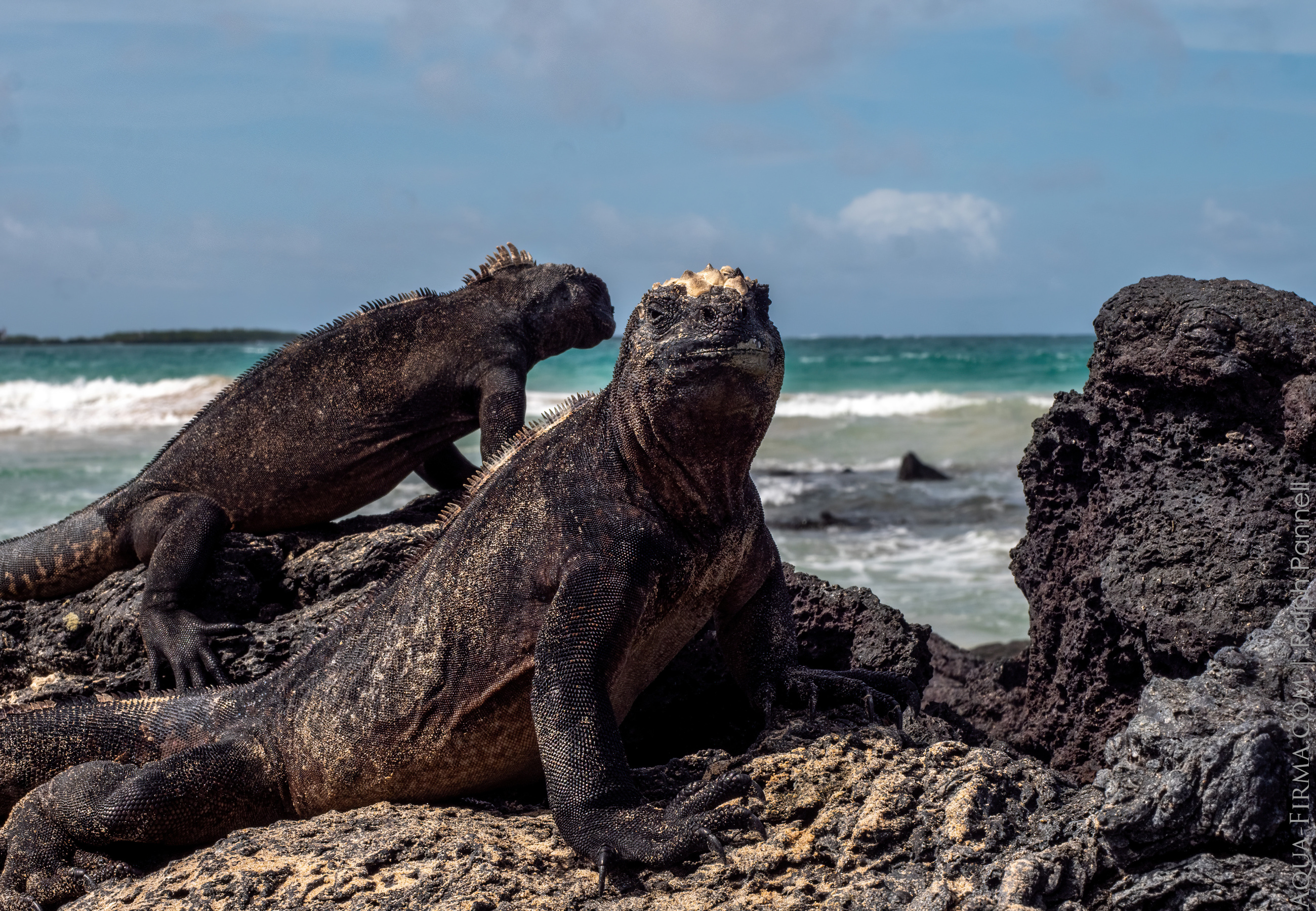
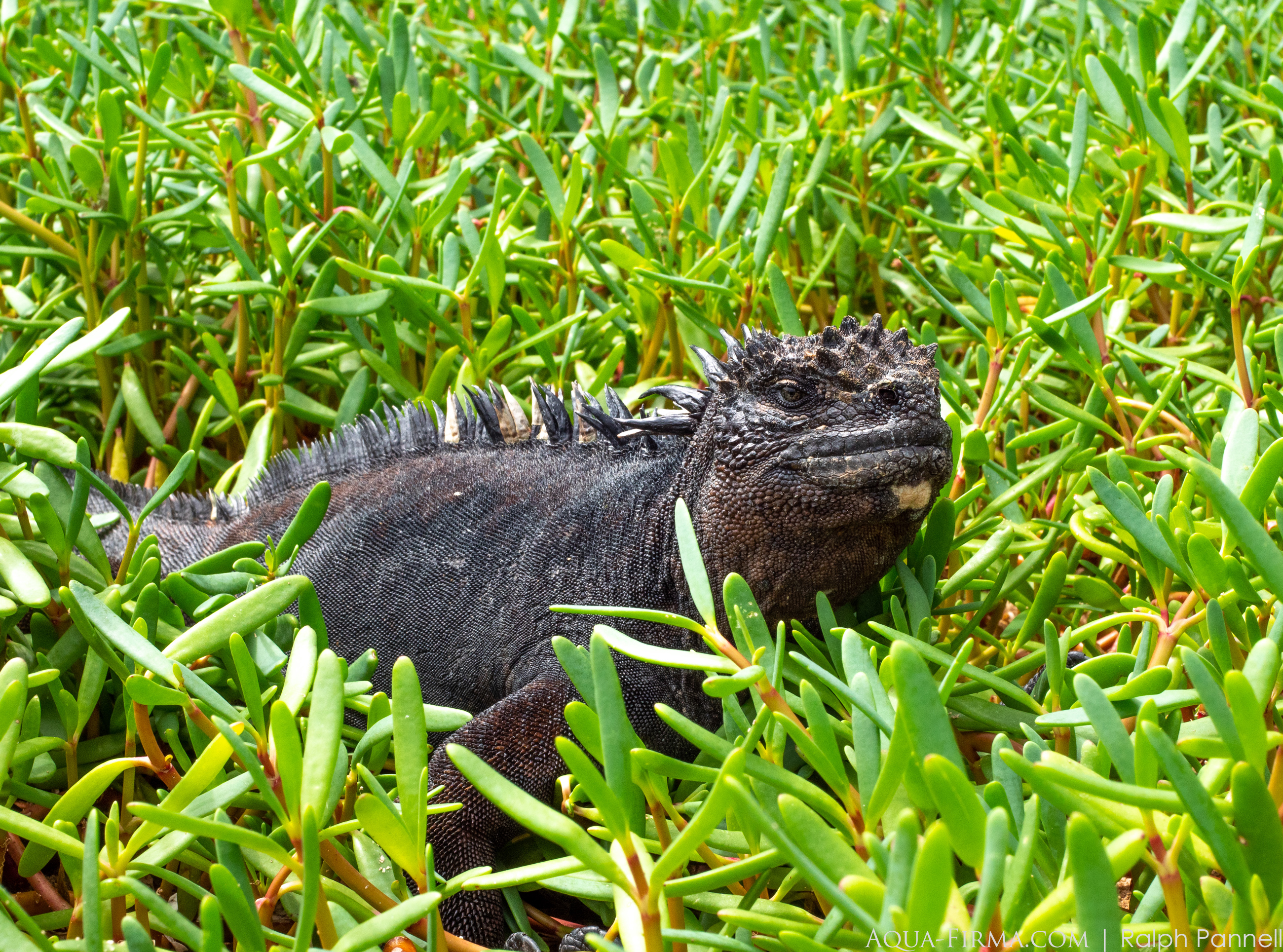
Lava & Lava Lizards
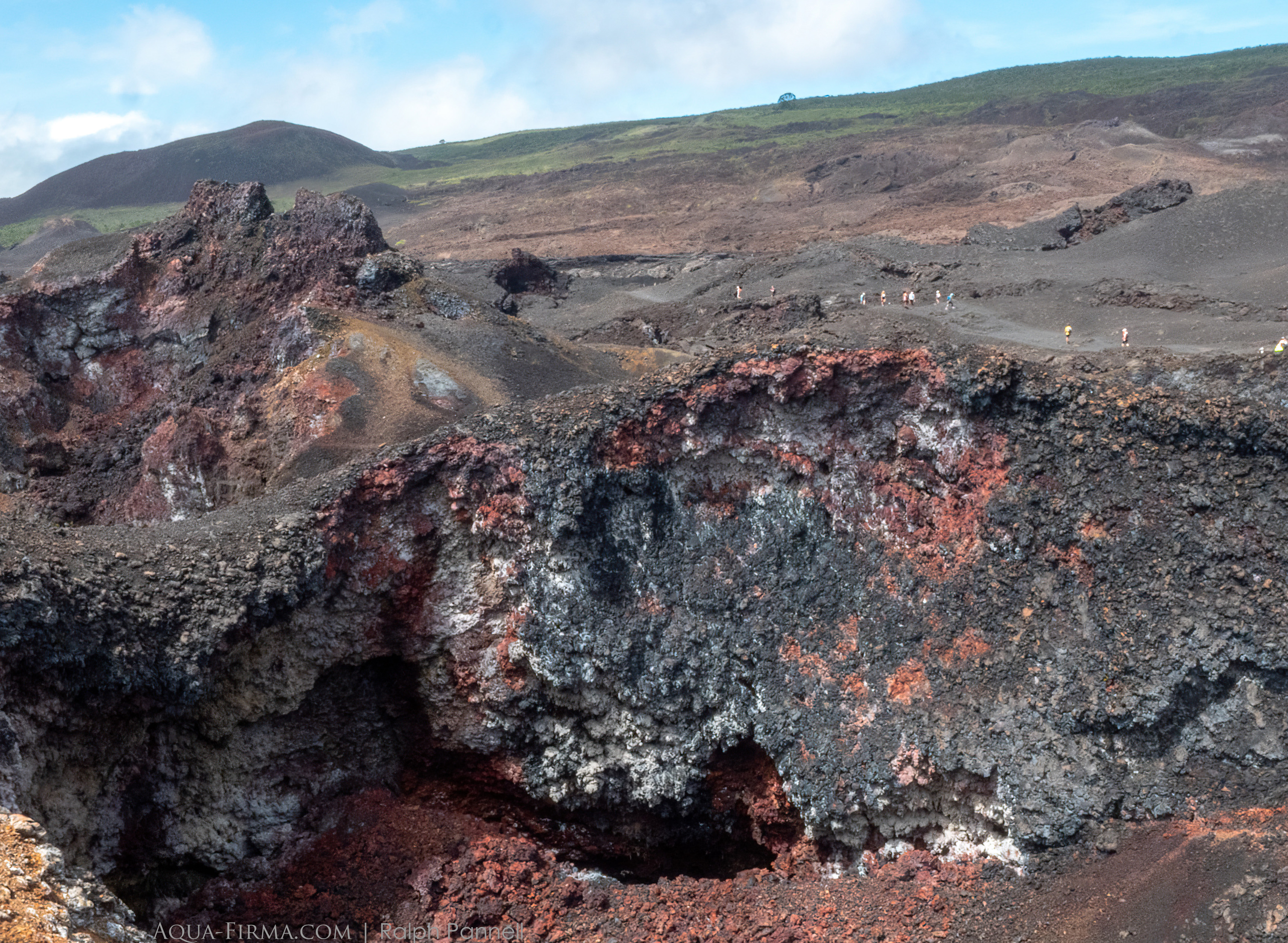
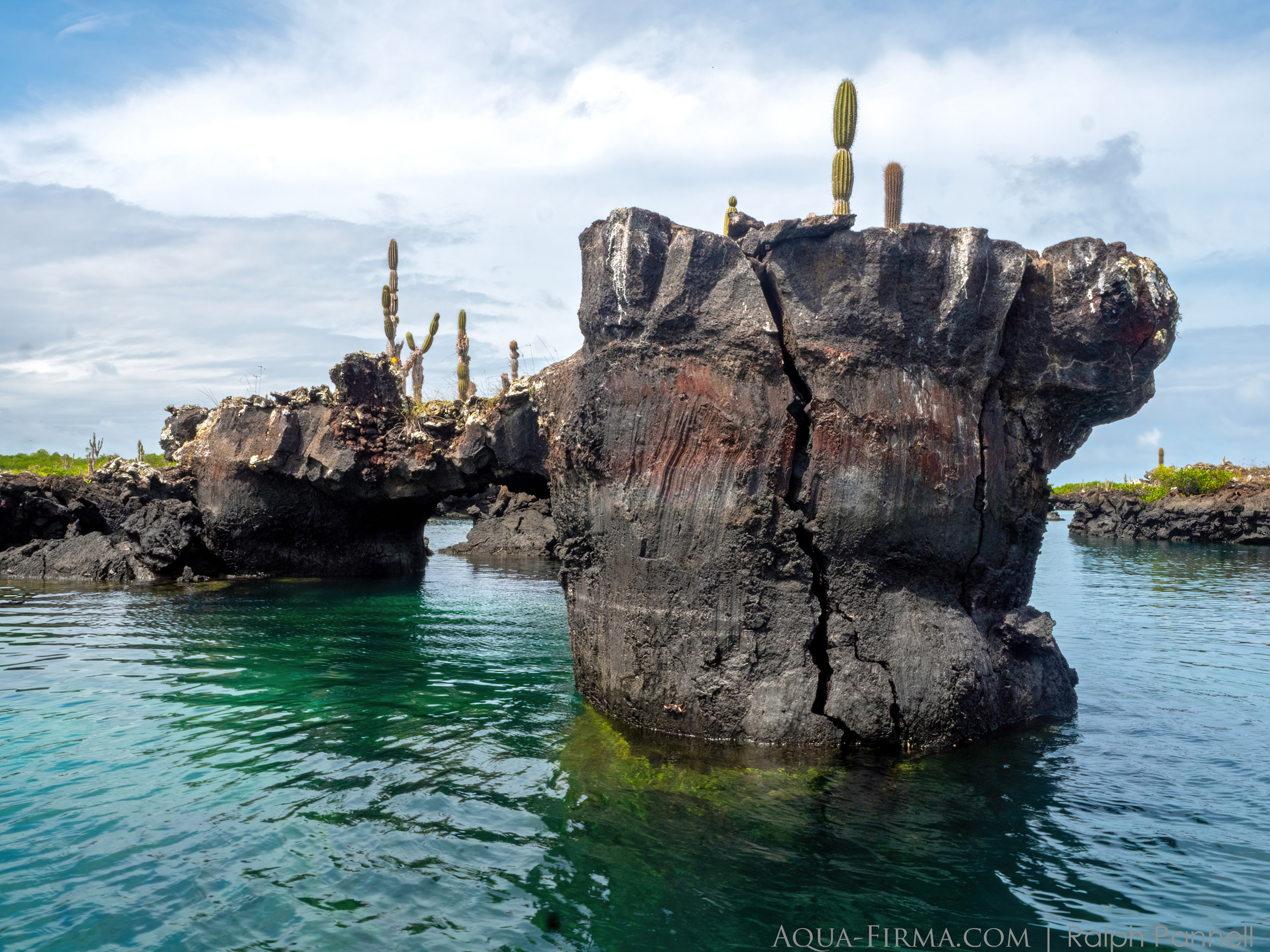
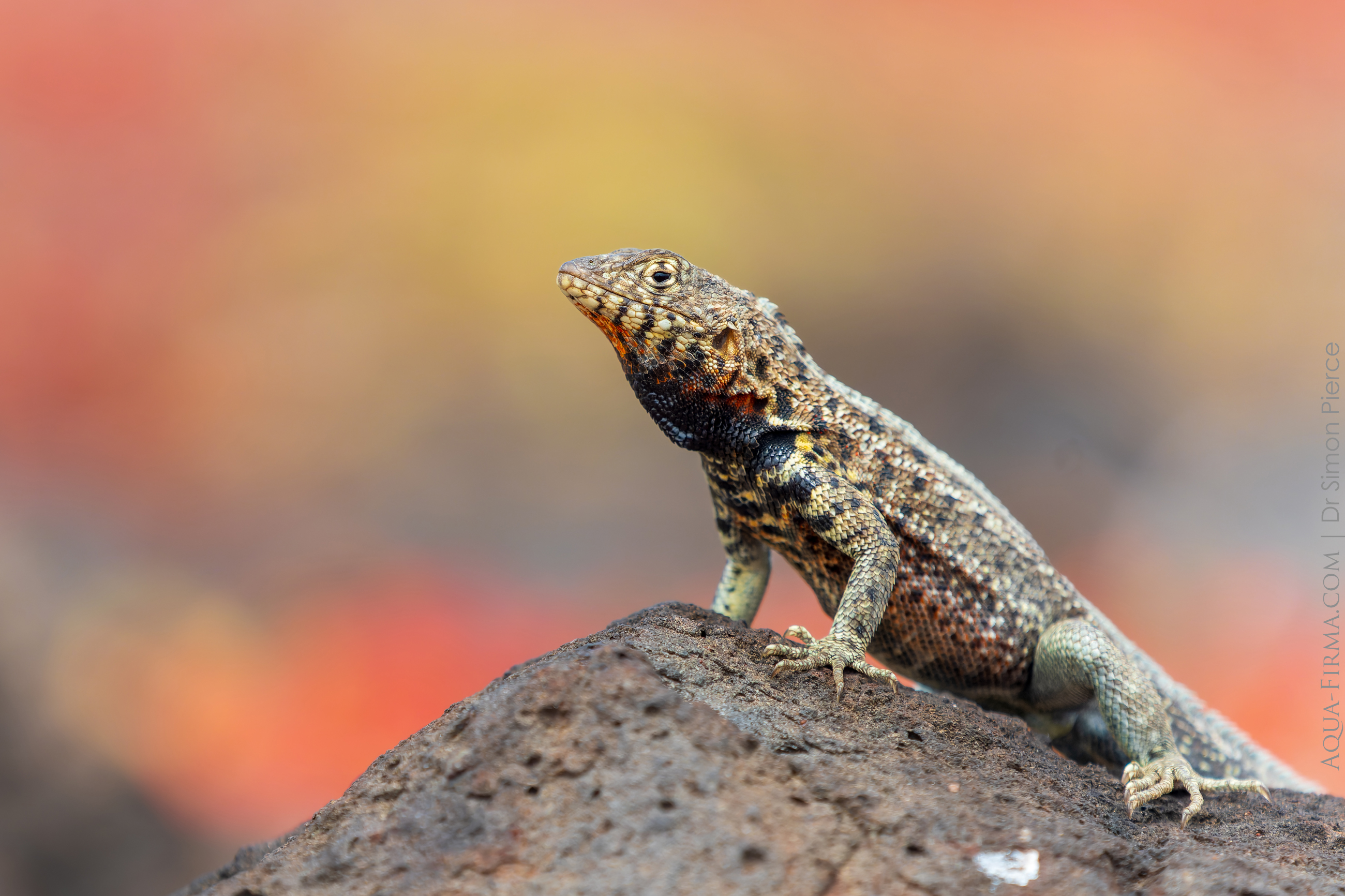
Birdlife
